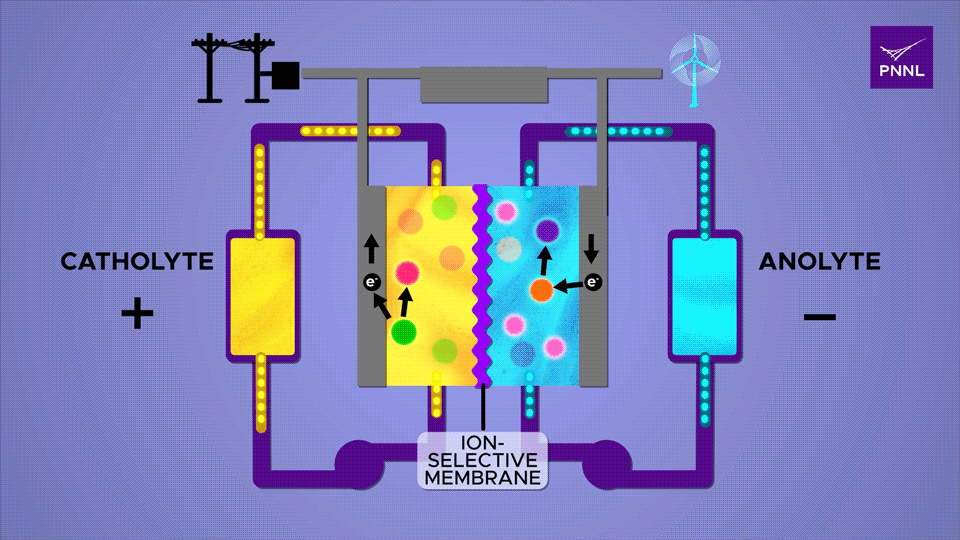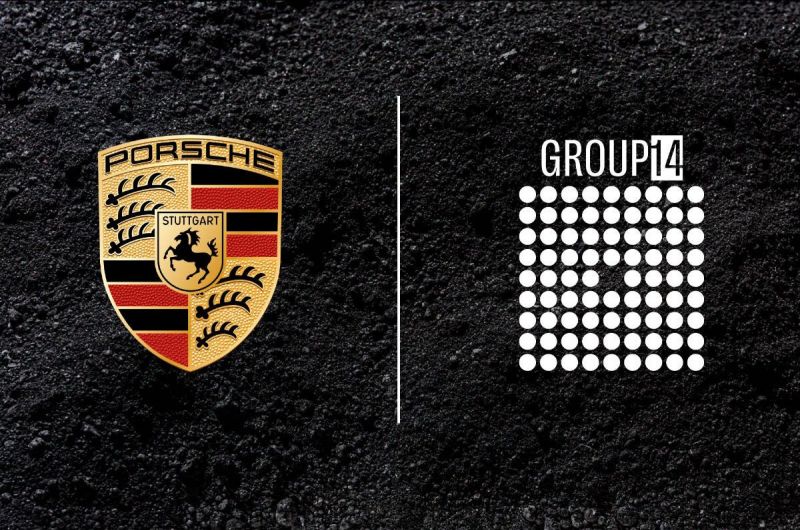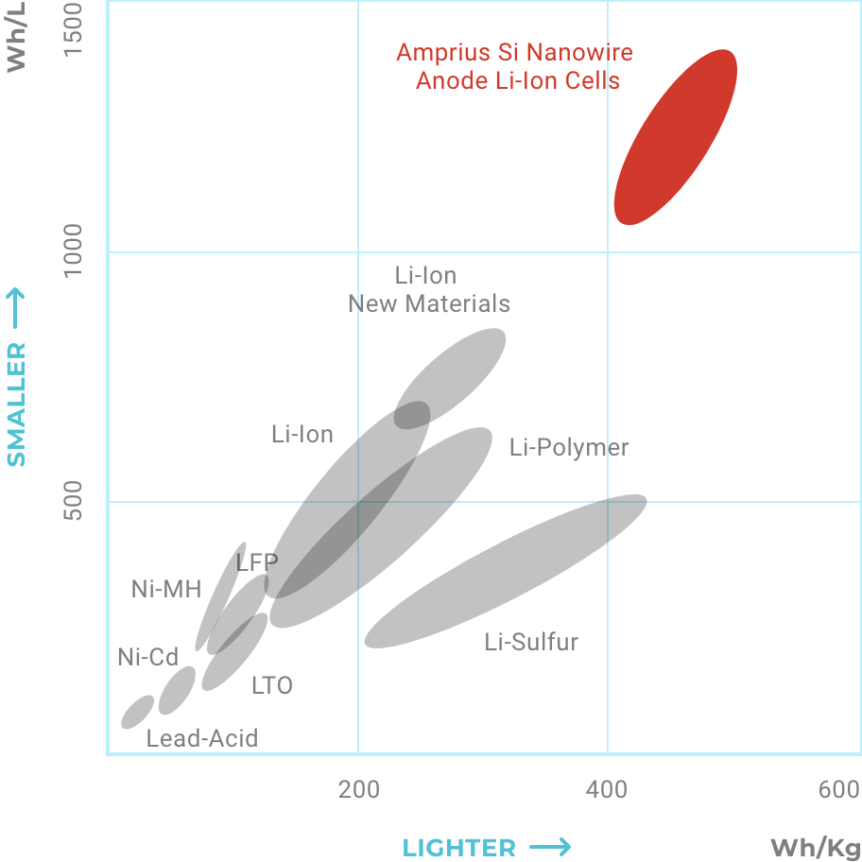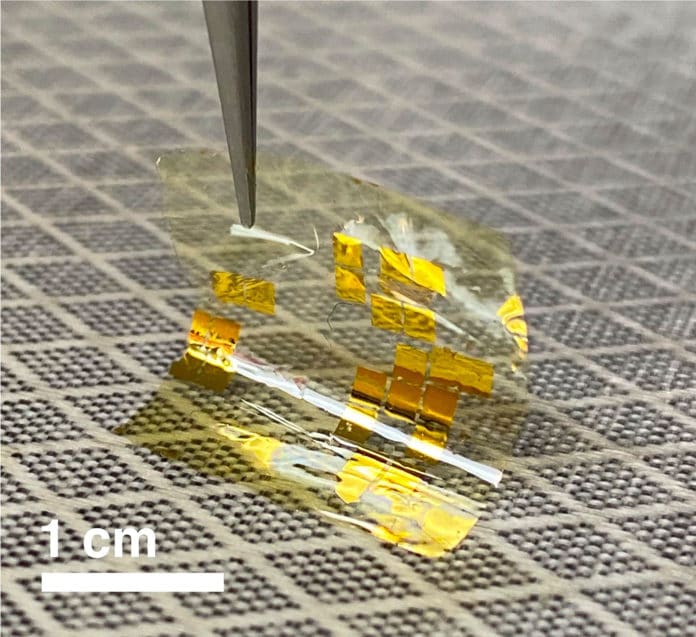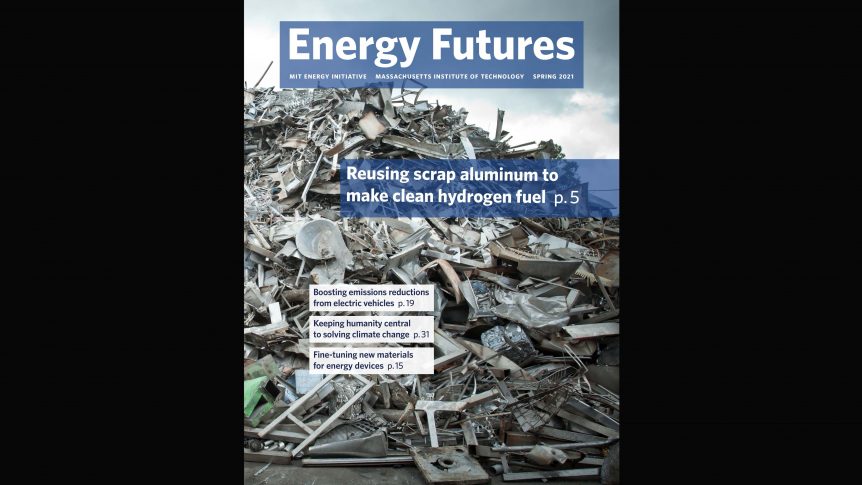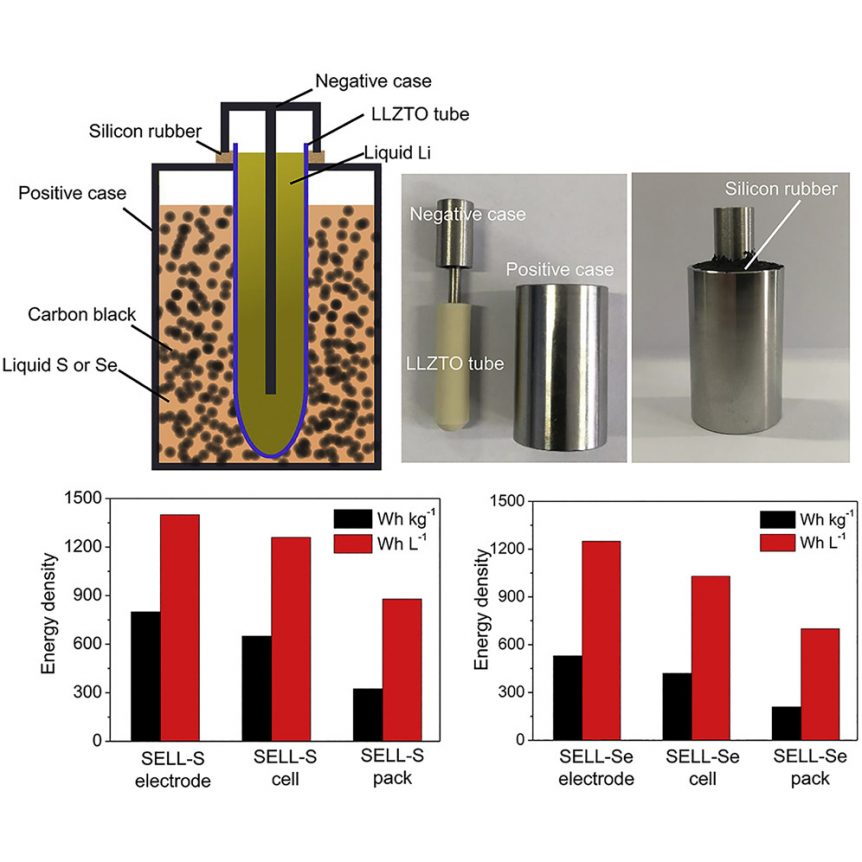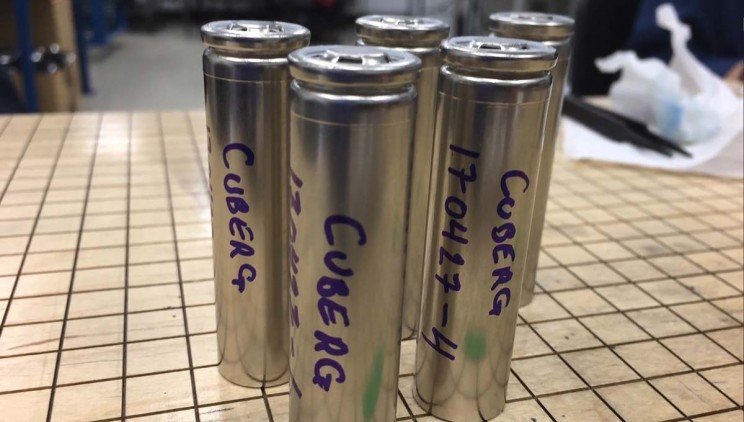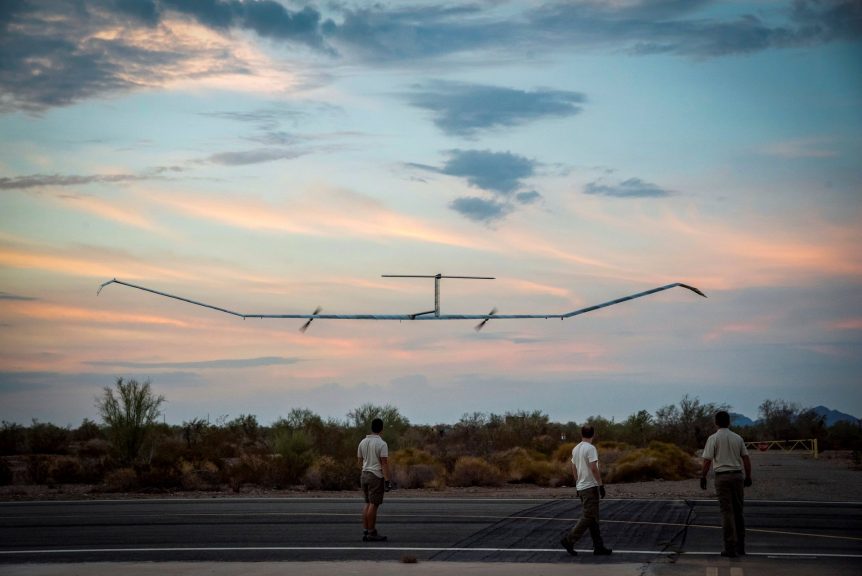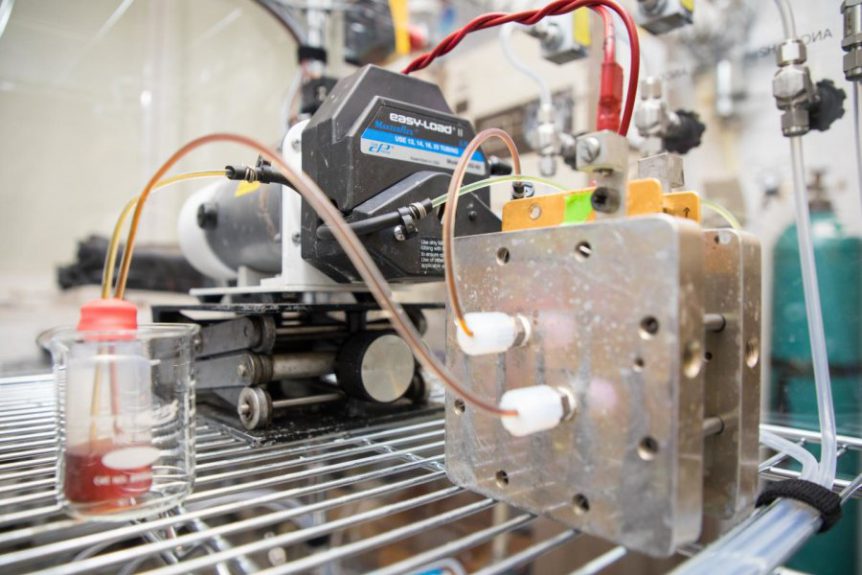Two groups of researchers in South Korea and America have added silicon and sugar as ways of gaining more energy from two different types of batteries. The 10X Battery at Last? Researchers at Pohang University of Science & Technology (POSTECH) in South Korea have developed a “layering-charged, polymer-based stable high-capacity anode material.” POSTECH professors Soojin Park (Department of Chemistry) and Youn Soo Kim (Department of Materials Science and Engineering) and Professor Jaegeon Ryu (Department of Chemical and Biomolecular Engineering) of Sogang University think their discovery could increase current electric vehicle range “at least 10-fold.” As noted in this blog many times, the idea of a 10X battery has been a matter of intense research from Yi Cui at Stanford and his research partner Jaephil Cho in South Korea, along with John Goodenough at Rice University and Jeff Dahn at Canada’s Dalhousie University – among others. Silicon and Polymeric Benders One of the bigger problems with using silicon in a battery …
Amprius Announces 500 Watt-Hour per Kilogram Cell
Amprius has announced a 500 Watt-hour per kilogram cell, essentially doubling the energy density available up to now. Remember, though, that cell-levels of energy drop as the cells are incorporated into modules and packs, carrying the burdens of containment packaging, bus bars, and battery management systems (BMS) that lower total output. Pack levels will be lower. Slow Progress This comes as the culmination of at least 14 year’s work, starting with Yi Cui’s work at Stanford University. Your editor first saw him at a 2009 CAFE Foundation symposium at the Hiller Aviation Museum in San Carlos, California. He was a proponent of the 10X battery, which at that time would have meant 10 times the energy storage of then typical cells, or around 10 times the 200 Watt-hours per kilogram then considered to be a respectable achievement. This blog reported in 2013, “According to Green Car Congress, ‘The company has also demonstrated greater than 650 and 700 Wh/L batteries with …
Group 14 Gets a Push from Porsche
We covered Washington Governor Jay Inslee’s visit to the Group 14 Technologies battery plant in Woodinville last year. Now the Group is getting attention from Porsche, among other funders. The startup company announced raising $400 million from investors including the Teutonic automaker. According to Reuters, part of those funds will be used to build a second battery materials plant in eastern Washington State. The company is now valued at over $1 billion, money which will help expand battery materials production for the silicon-lithium cell market. Silicon is a desirable material in batteries, capable of storing more energy than lithium or other metals. It has a major drawback, though. In expanding and contracting during charge-discharge cycles, it eventually deteriorates, crumbles, and brings the battery’s usefulness to an end. Dr. Yi Cui of Stanford University has tried various methods over the years to prevent such crumbling. His firm, Amprius, has developed a silicon nanowire anode that enables a battery with 450 Watt-hour …
Amprius Ships 450 Watt-hour per Kilogram Batteries
Your editor’s first outing at an electric aircraft symposium was in 2009. At that meeting, Dr. Yi Cui, Stanford professor and battery expert, talked about silicon and its energy density being so much greater than that for graphite. He predicted huge advances for battery chemistry – and now he’s delivering. His firm, Amprius, is shipping 450 Watt-hour per kilogram batteries. Unlike many such companies, Amprius is not projecting these numbers several years out, but delivering now. According to their February 8 press release, Amprius sent its first batch of the energy-dense cells, “…To an industry leader of a new generation of High-Altitude Pseudo Satellites (HAPS).” Your editor guesses that leader is Zephyr, acquired by Airbus and setting endurance records on solar and battery power since its introduction in 2017. One reached 76,100 feet in a 2021 campaign, spending over 36 days (in two flights) at stratospheric heights and equaling the sailplane altitude record set by the Perlan Project in 2018. …
Stanford’s Ultra-thin Solar Cell
We’ve noted here recently that early (and even current) examples of solar-powered aircraft suffered from the low efficiency of the panels that collected sunlight to power them. The panels add weight, and so far, nobody’s flying with more than 29-percent efficiency. What if a different approach, using ultra-thin solar cells covered the entire aircraft? That’s the possibility with Stanford University’s “new, ultrathin photovoltaic materials.” Your Editor’s take on this is that 5.1-percent efficiency now offered by the Stanford solar cells could be applied by wrapping the entire plane, much like car customizers wrap high-end automobiles. That’s occurred to researchers. “Imagine an autonomous drone that powers itself with a solar array atop its wing that is 15 times thinner than a piece of paper,” said Koosha Nassiri Nazif, a doctoral scholar in electrical engineering at Stanford and co-lead author of a study. “That is the promise of TMDs.” TMDs refers to Transition Metal Dichalcogenides. This material is composed of a so-called …
MIT Makes Hydrogen from Scrap Aluminum and Water
Three Massachusetts Institute of Technology (MIT) researchers may be on the track of producing hydrogen from a reaction between aluminum (the scrappier the better) and water. Their “simple way” of generating H2 from aluminum and water can take place anywhere, according to the researchers. Since groups like ZeroAvia and Pipistrel with the DLR (German Space Agency) and HY4 are working toward at least intermediate-range hydrogen-powered flight, an inexpensive way to produce the gas would be a blessing. Current methods of producing H2 from fossil-fuel-related materials can be more detrimental to the environment than the promise hydrogen would otherwise bring, however. Corroding but Not Rusting Dr. Laureen Meroueh along with Professor Douglas Hart and Professor Thomas Eager at MIT have found a way to react aluminum with water at normal room temperature, leading to the formation of aluminum oxide while releasing hydrogen gas. Under normal conditions, aluminum exposed to water develops a coating of aluminum oxide. Stanford researchers in 2000 discovered …
Solid State Lithium Sulfur and Lithium Selenium Batteries
In battery making, recipes for electrolytes play an important part of the whole. In a new formula whipped up by Zhengzhou University, Tsinghua University and Stanford University, Lithium (Li), Lanthanum (La), Zirconium (Zr), Tantalum (Ta), and Oxygen (O) form a ceramic tube as the battery’s electrolyte. This tube is centered in new solid state Lithium Sulfur and Lithium Selenium batteries. Researchers filled that tube with a liquid lithium electrode, and immersed the tube in a bath of carbon black and liquid selenium or sulfur in a stainless steel container. The team’s paper, “High Energy-Density Solid Electrolyte-Based Liquid Li-S and Li-Se Batteries,” published in the October 15 edition of Joule, explains the new batteries should be capable of delivering energy densities of around 2,600 Watt-hours per kilogram for the lithium-sulfur chemistry and 1,160 Wh/kg. for lithium-selenium. Currently, researchers have achieve 500 Wh/kg, double the best Li packs today. This can be achieved at cost of $41 per kilowatt-hour for the Li-Se …
Cuberg Battery Flies 70 Percent Longer
Cuberg’s recent test between their battery and a conventional lithium-ion battery resulted in the Cuberg battery keeping a drone flying 70-percent longer. Given that the test is for two packs of equal weight, the result is an impressive one. Cuberg’s co-founder and CEO has prepared for this success since his undergraduate days as a SURF (Summer Undergraduate Research Fellowship) Fellow, putting his summer vacations to good use. He used the knowledge and experience he gained in three summer fellowships to help lead a dozen students “to design and develop innovative and efficient mechanical systems (including HVAC, hot water, insulation, appliances, and more) for the Solar Decathlon net-zero house competition.” The team won first place in the hot water contest and second place in the engineering contest in the Decathlon. Since then, he worked as an intern at Tesla Motors, using “physical, chemical, and electrochemical characterization techniques to study the degradation mechanisms of Li-ion batteries at the Cell Research Lab.” This led …
Amprius’ Silicon Nanowire Batteries Fly – For 25 Days
Sunnyvale, California-based Amprius kept a low profile for several years, despite its founder, Yi Cui, being a leading light in battery development. Their December 4th press release, though, finds the company to be in a more open mood, their advanced lithium-ion cells with 100-percent silicon anodes having flown Airbus’ Zephyr High Altitude Pseudo Satellite (HAPS) for over 25 days, “setting a new endurance and altitude record for stratospheric flight.” This milestone represents a great leap forward since Alan Cocconi flew his So Long solar-powered model for 48 hours, the first of many projects of which he would be an integral part, and the first solar airplane to fly overnight. He worked on the General Motors EV1 and Eric Raymond’s Sunseeker 1 – just a small part of the automobiles and aircraft which he would help create or refine. Your editor first saw Cui at an early electric aircraft symposium nine years ago. Cui discussed the benefits of developing silicon anodes …
Flow Batteries Aging Well
As previously noted in the blog, the Tissandier Brothers flew their Siemens-powered electric airship in 1883 using a flow battery of their own design for energy storage. This technology gets a lot of attention for grid-based energy storage, but might have use in more mobile applications. Nano Flow Cell Technologies in Switzerland, for instance, used different salt waters to power their Quant and Quantino automobiles. Howard Handelman, a regular reader of the blog, shared the following two researches into modernizing flow cells. Stanford and Harvard researchers both cooked up different ingredients than one would normally find in a flow battery. Both groups achieved better than average performance and longevity. Stanford’s Liquid Metal Approach Stanford’s battery uses liquid metal that more than doubles the maximum voltage of conventional flow batteries. Things happen at normal temperatures, unlike flow batteries that need extremely high temperatures. The metals used are low-cost and non-toxic, unlike the dangerous fluids used in other flow batteries. William Chueh, …

